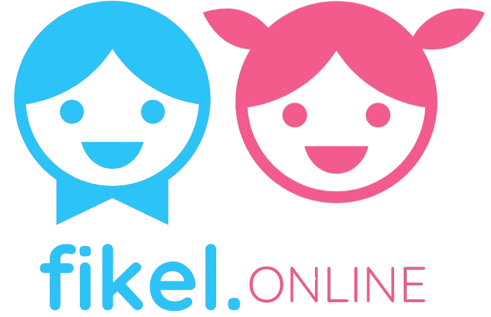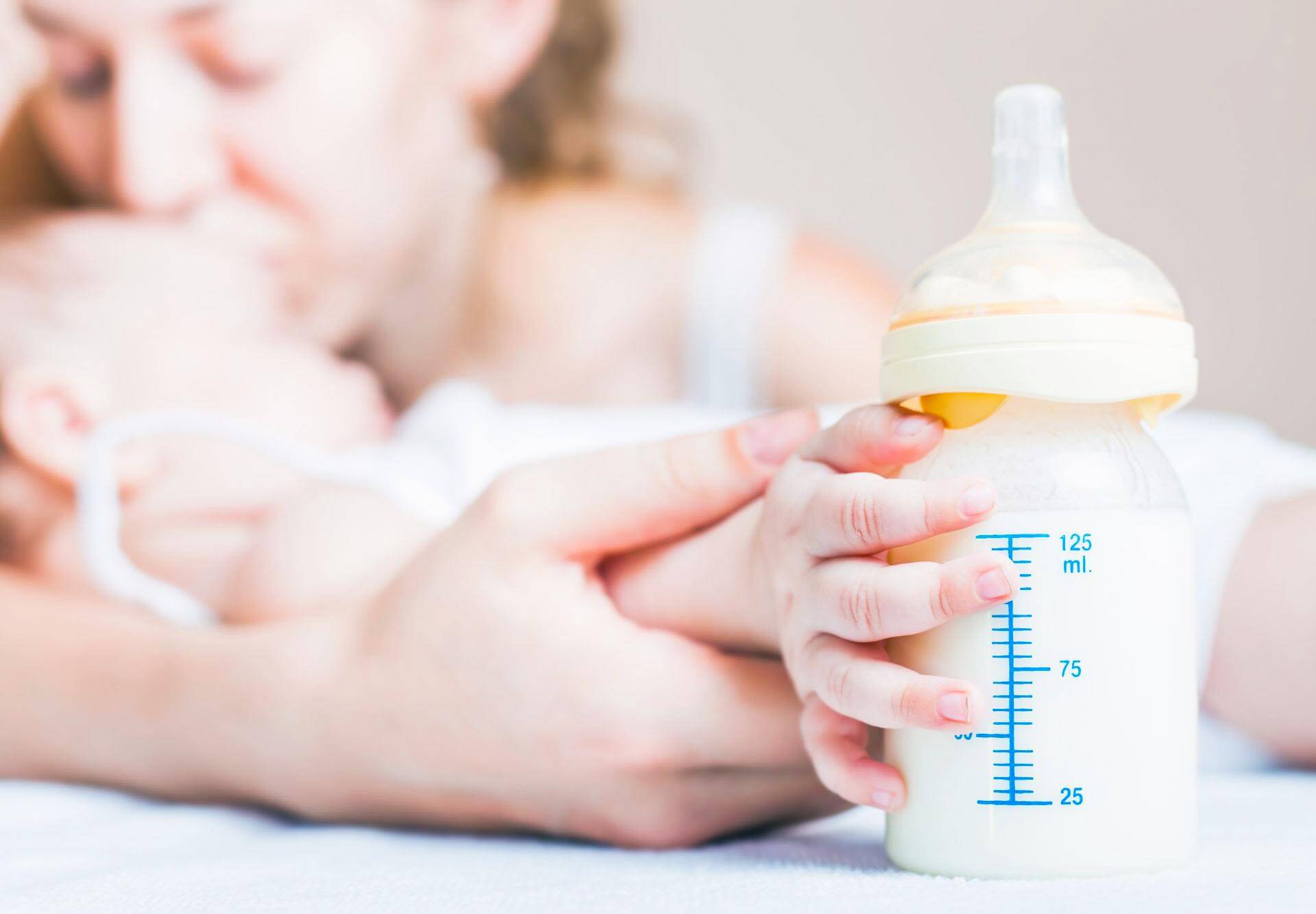In this article, we’ll discuss one of the most frequently asked questions by parents: when can babies start to hold their own bottle? It’s an important milestone that depends on various factors, including age and development.
Feeding your infant fosters attachment, but it takes a great deal of time. Some parents hope for the day when their child will be able to use a bottle effectively and feed himself. Your child must develop the requisite fine motor skills, coordination, and strength to attain this developmental milestone. Read on to find out when babies can start holding their own bottles and sippy cups.
When Infants Can Handle Their Own Bottle
Because every infant develops at a different rate, it is impossible to anticipate exactly when your child will be able to handle his or her own bottle for feedings. Typically, infants begin holding a bottle between 6 and 10 months of age, although some may take longer. This is because holding a bottle involves a variety of skills, including cognitive development, fine motor control, coordination, and core and upper body strength.
Your baby may be ready to hold a bottle without help if they can sit up on their own (usually between 4 and 7 months) and grab things. Another indication? During feedings, your youngster may demonstrate a desire for the bottle by reaching for it.
Suggestions for Handing the Bottle
Never leave the bottle in your child’s mouth; they may overeat or suffocate on the constant liquid flow. According to the American Academy of Pediatrics (AAP), this technique can lead to ear infections. Thus, here are some methods you can assist your child with holding a bottle independently when the time comes:
- Put your infant’s hands on the bottle while feeding. Let your infant pull away if they wish, but try again in a few minutes. This will teach your child proper bottle-holding technique.
- If you put too much in the bottle, your child might not be able to hold it up. Also, you can practice with an empty bottle.
- Encourage your child to play while seated with toys. They will likely bring the toys to their mouths, thereby developing the essential coordination and strength for bottle feeding.
- Regular tummy time will help your infant develop core strength.
After your infant begins to hold the bottle, you must continue to observe all necessary safety procedures. Never leave your infant alone when they are nursing, especially in the crib. A bottle in bed may sound comforting, but when your child is asleep, all that liquid accumulates in their mouth, increasing their risk of tooth decay.
Your infant can possibly suffocate while sucking on a bottle in the cot. Always keep a close eye on your child while they are eating, and pay attention to sounds such as sucking and swallowing. You should be able to detect if something sounds incorrect.
When Can Infants Use Sippy Cups?
As soon as your child becomes comfortable with handling their own bottle, consider introducing a sippy cup. The American Academy of Pediatrics says that most babies can start drinking from a sippy cup between 6 and 9 months. And after 12 months, it is advisable to discard the bottle entirely.
After a baby begins walking, they are likely to take their bottle around, but a parent-fed infant would typically have the bottle removed immediately after feeding. Frequent sipping from a bottle containing anything other than water can lead to tooth decay.
Quick Tip:
Baby bottle dental rot is usually caused by prolonged exposure to sugars in juice, milk, and snack foods. Acid-producing bacteria feed on these carbohydrates, fostering the formation of cavities. Teach your child proper dental hygiene and restrict their use of sugary beverages and foods to safeguard their teeth.
Whether breastfed or bottle-fed, a baby who can sit up on their own and open their mouth for a spoon is ready to incorporate a cup into meals. Take the following steps to teach your child how to hold a sippy cup.
- First, demonstrate by holding the cup to their mouth and dripping some liquid over their lips; to achieve this, remove the valve from a non-spill cup.
- If you are using a cup with handles, hold them so your child can observe how to use the sippy cup independently.
- Try introducing them to a straw if they can’t get the hang of it.
Meaningful articles you might like: When To Expect The Cutest Baby Milestones, 3 Must-Know Facts About Baby Cereal, Baby Meals That Cause Gas

